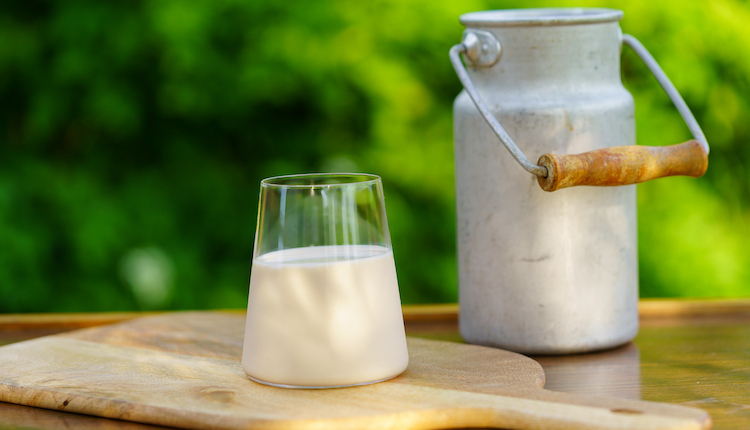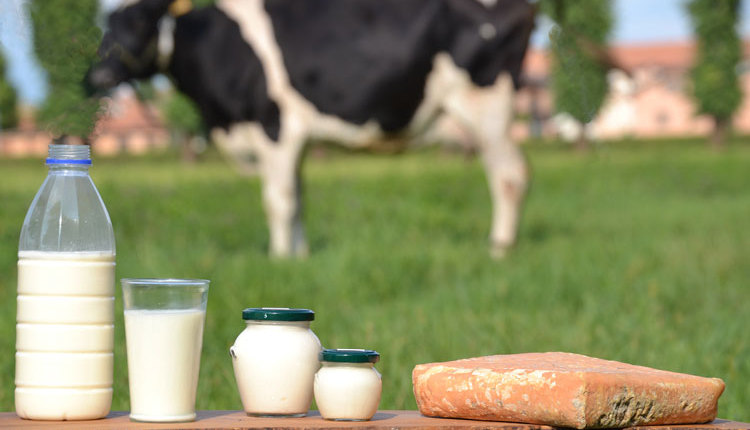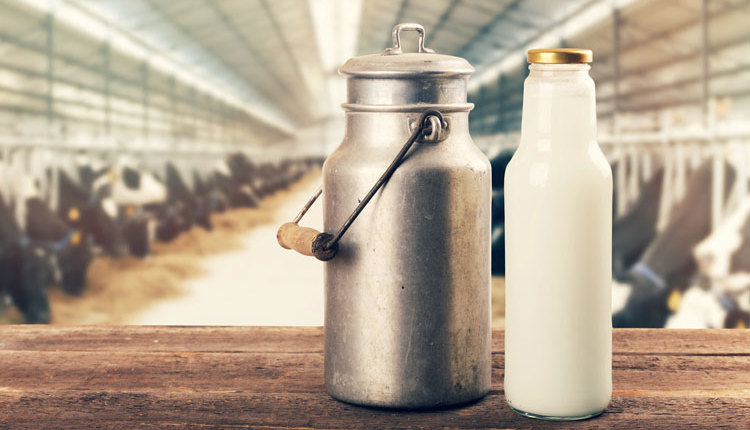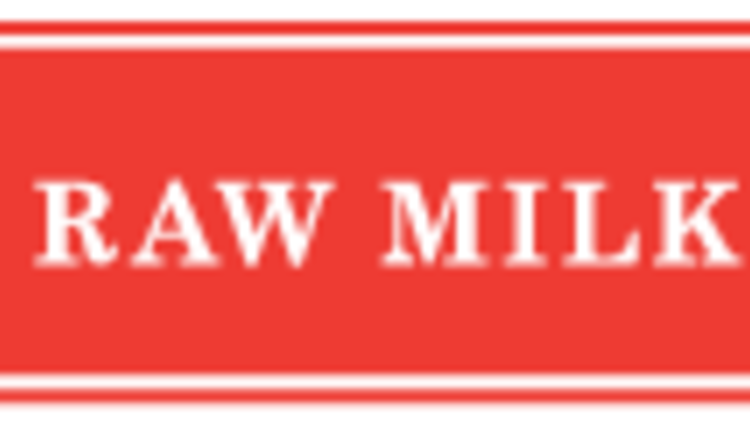
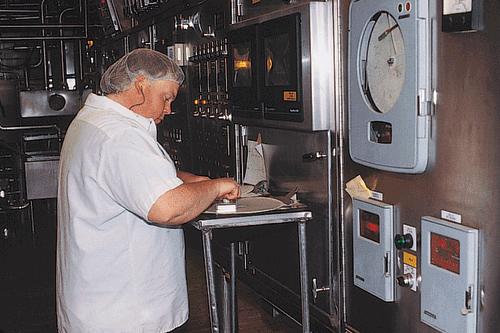
A recent outbreak of illness tied to the consumption of raw (unpasteurized) milk sickened at least 35 people in Wisconsin, most of them children and teens. This has prompted food safety specialists to urge consumers to avoid consuming raw milk. Additionally, extension specialists remind producers that the sale of raw milk in Wisconsin is illegal.
According to P.C. Vasavada, extension food safety specialist at the University of Wisconsin-River Falls, the current outbreak is tied to the organism Campylobacter jejuni. Milk, like many other foods and the environment around us, contains bacteria, and some can be harmful.
"A recent study has shown that raw milk on the farm could be expected to contain harmful pathogens such as Listeria monocytogenes, Salmonella, E. coli O157:H7, Staphylococcus aureus and Campylobacter jejuni," notes Vasavada. "Pasteurization is an effective means to destroy these harmful bacteria."
Pasteurization refers to simply heating raw milk to 161°F for 15 seconds. This short heating time destroys pathogens and increases the shelf life of the product. In 1924, the Public Health service first set forth recommendations for pasteurization. At that time, serious diseases such as typhoid fever, diphtheria, scarlet fever, dysentery, and tuberculosis were linked to the consumption of raw milk.
"Pasteurization was a great step forward in protecting the public health," says Barbara Ingham, extension food safety specialist at the University of Wisconsin-Madison. "Fortunately, we can still rely on pasteurization to help destroy the newer pathogens that can contaminate raw milk."
Three claims debunked . . .
Consumers who drink raw milk generally cite three arguments against pasteurization:
changes in nutrients
destruction of enzymes and hormones
destruction of healthy bacteria
According to Ingham, it's worth seeing what science tells us about each of these arguments. First, pasteurization does not significantly change the nutrient content of milk.
"In fact, since vitamin D is generally added to milk as it is pasteurized, our bodies actually gain more benefit from pasteurized milk since the calcium is more readily absorbed," she says.
Some individuals advocate for the consumption of raw milk by claiming that raw milk contains enzymes and hormones which could enhance human health. However, enzymes and hormones in milk are rapidly broken down by the digestive system, making it impossible for people to receive any benefit to their immune systems.
And while pasteurization does destroy some bacteria which may be healthful, the public health benefit gained by destruction of harmful bacteria outweighs any disadvantage. "There are a wide variety of products on the market today that provide consumers with easy access to these health-promoting bacteria known as probiotics. Yogurt and other dairy products are specifically being marketed to address this demand," notes Ingham.
Vasavada concludes that pasteurization of milk products is the best tool currently available to provide for the health of consumers. And this is especially important for people who are most vulnerable to such illnesses - children, senior citizens, pregnant women, and those with compromised immune systems.
This article appeared in the November 2009 issue of Hoard's Dairyman on page 713.
